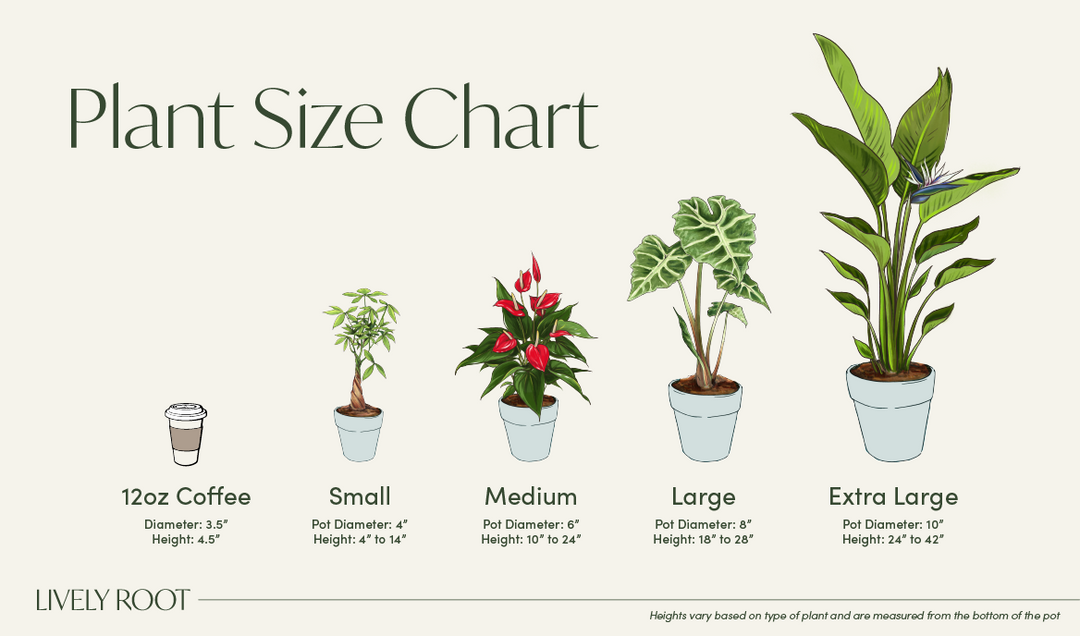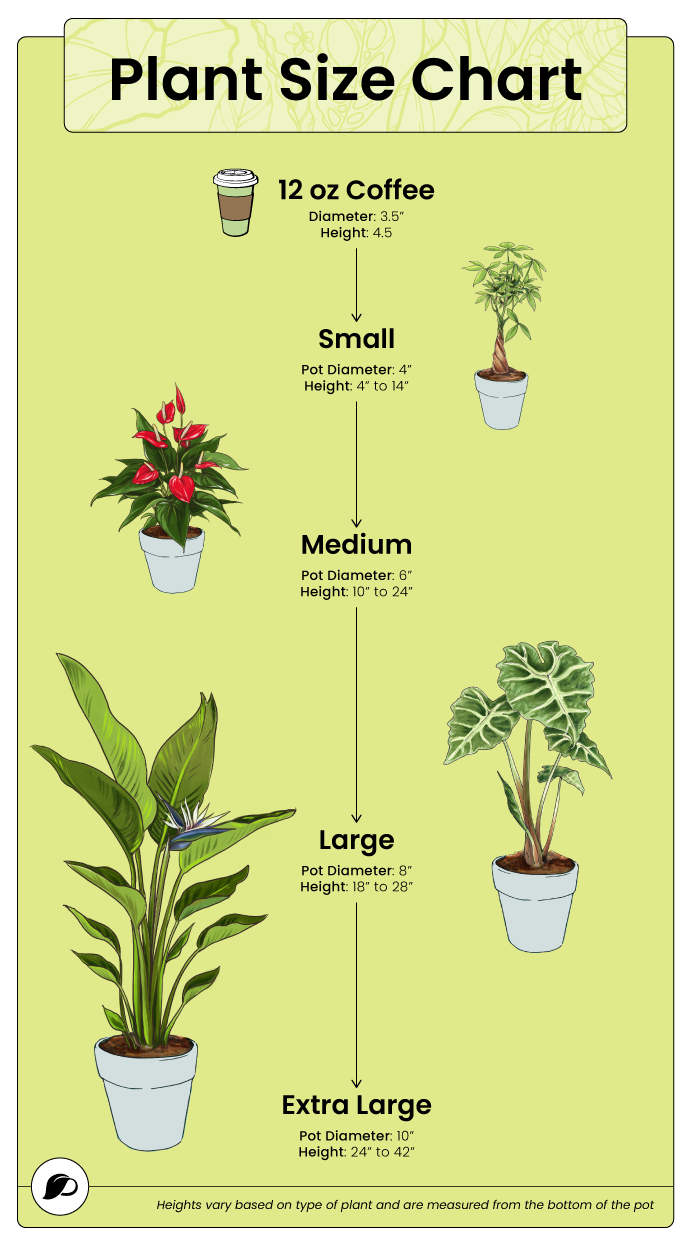Welcome
You have points
Recently viewed
Wishlist
Sign in to access your favorites

Kalanchoe (Kalanchoe blossfeldiana) is a compact succulent plant with thick, fleshy lobed leaves and clusters of flowers. The flowers can be white, yellow, pink, or bright red and last several weeks.
Native to southern and south-east Africa, Asia, and Madagascar, Kalanchoe plants can grow outdoors in hardiness zones 10-11. These long-blooming, low-maintenance plants belong to the Crassulaceae family, making them related to Echeveria, some Sedum varieties, and the Jade Plant. The Kalanchoe plant loves bright, indirect sunlight and doesn’t need a lot of water, making it one of the easiest flowering plants to grow at home. The flowering Kalanchoe is toxic to cats and dogs, so they’re best suited to plant lovers who don’t have pets.
Kalanchoes are a popular plant gift for the Chinese New Year as their abundant blooms and bright colors symbolize prosperity and good fortune.
Kalanchoe plant care is easy, as this plant doesn’t require a lot of upkeep. Still, knowing the following Kalanchoe care tips will help you keep your plant looking its best and blooming often:
These lovely succulents are drought-tolerant and don’t require frequent watering. Make sure that the soil dries out between waterings to prevent root rot. The Kalanchoe succulent doesn’t require additional humidity.
Bright, filtered sunlight is best for Kalanchoes. Avoid keeping them in direct sunlight because it can burn their leaves. Low-light conditions can stop your plants from flowering. Another thing to remember is that the Kalanchoes are tropical plants, which don’t react well to cold. Avoid placing them in cold drafts or places with constantly fluctuating temperatures. The ideal temperatures for Kalanchoe are between 60°F and 85°F.
Some of the Kalanchoe benefits are that it grows well in any well-draining soil. Use a succulent and cacti soil mix for best results. Repot when the plant gets large for its pot, approximately once every 3 years. Always use a pot with drainage holes. Fertilize your plant twice a month during the growing season with a special succulent-cacti fertilizer to promote blooming.
Kalanchoe plants can be propagated from cuttings. When the Kalanchoe isn’t blooming, take several cuttings about 3 inches long. Leave them to dry overnight to form a protective layer, which prevents the cuttings from rotting or developing diseases. Then, tip each cutting in rooting hormone and plant in moist soil. Place a transparent plastic bag over the cuttings to promote humidity. Remember to place the cuttings in bright, indirect light.
Prune the tips of your succulent Kalanchoe at the end of each growing season to prevent your plant from getting leggy. Also, remove any dead blossoms to encourage new flowers. Clean your plant by removing dried or yellow leaves and keep the soil clean. Generally, Kalanchoe plants are hardy and aren’t prone to diseases and pest issues. Still, it’s important to check your plant's leaves occasionally. Leaf drop can occur, due to cold temperatures or insufficient light. Limp and yellowing leaves are a sign of overwatering, while crisp, dry leaves could show that your plant is thirsty.
With its bright flowers and cheerful look, your Kalanchoe plant will add color and fun to your living space. You can grow this small plant indoors and outdoors in warmer climates.
Group your Kalanchoe with other sun-loving indoor plants for a gorgeous plant display:
Because of its toxicity to pets, you might want to find pet-friendly plants as alternatives to the colorful Kalanchoe if you’re a pet owner. Here are some suggestions:
Make your living space shine with a bright Kalanchoe plant for sale from Lively Root!
Follow us @livelyroot & show us your #livelyroot plants

